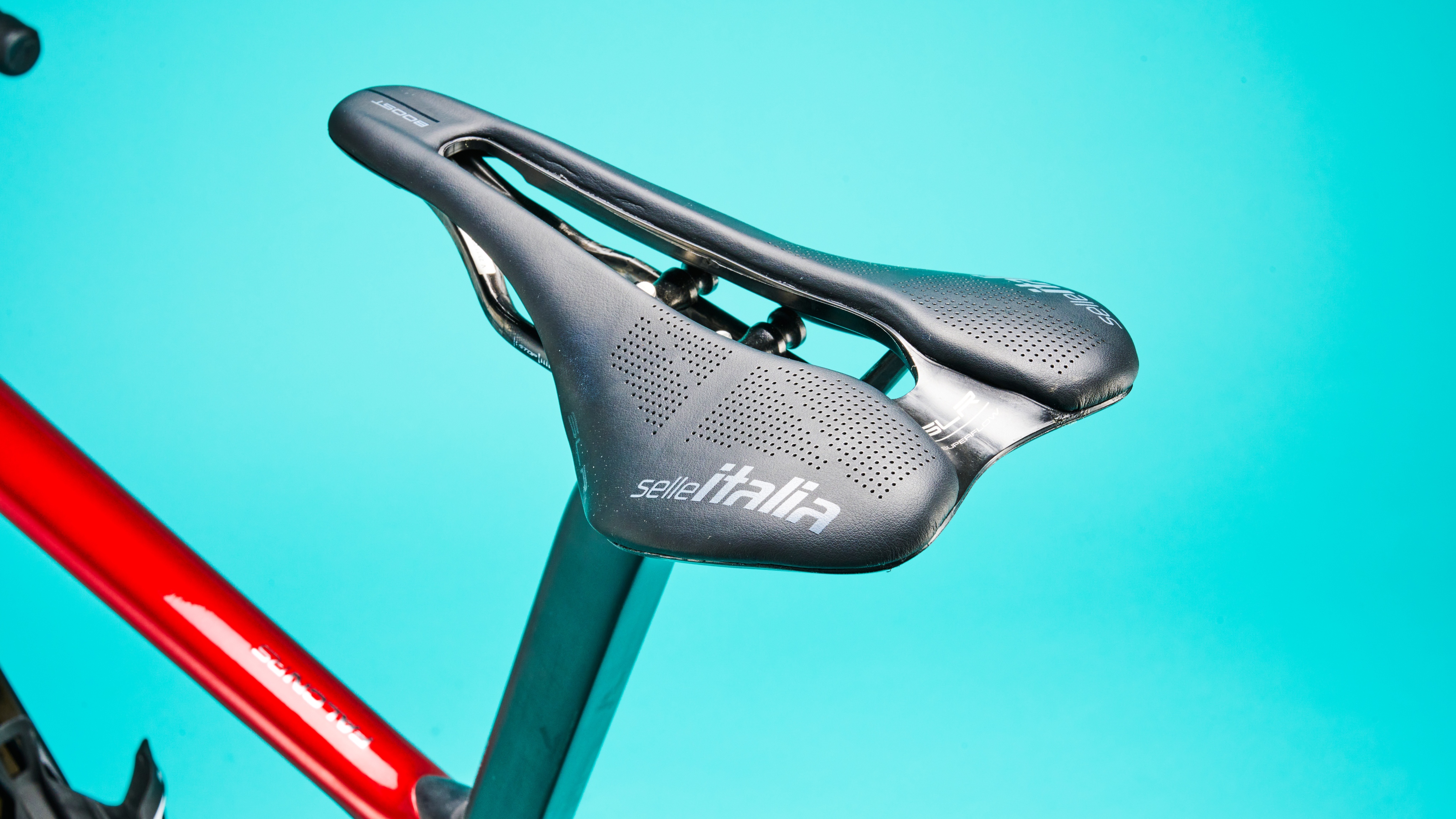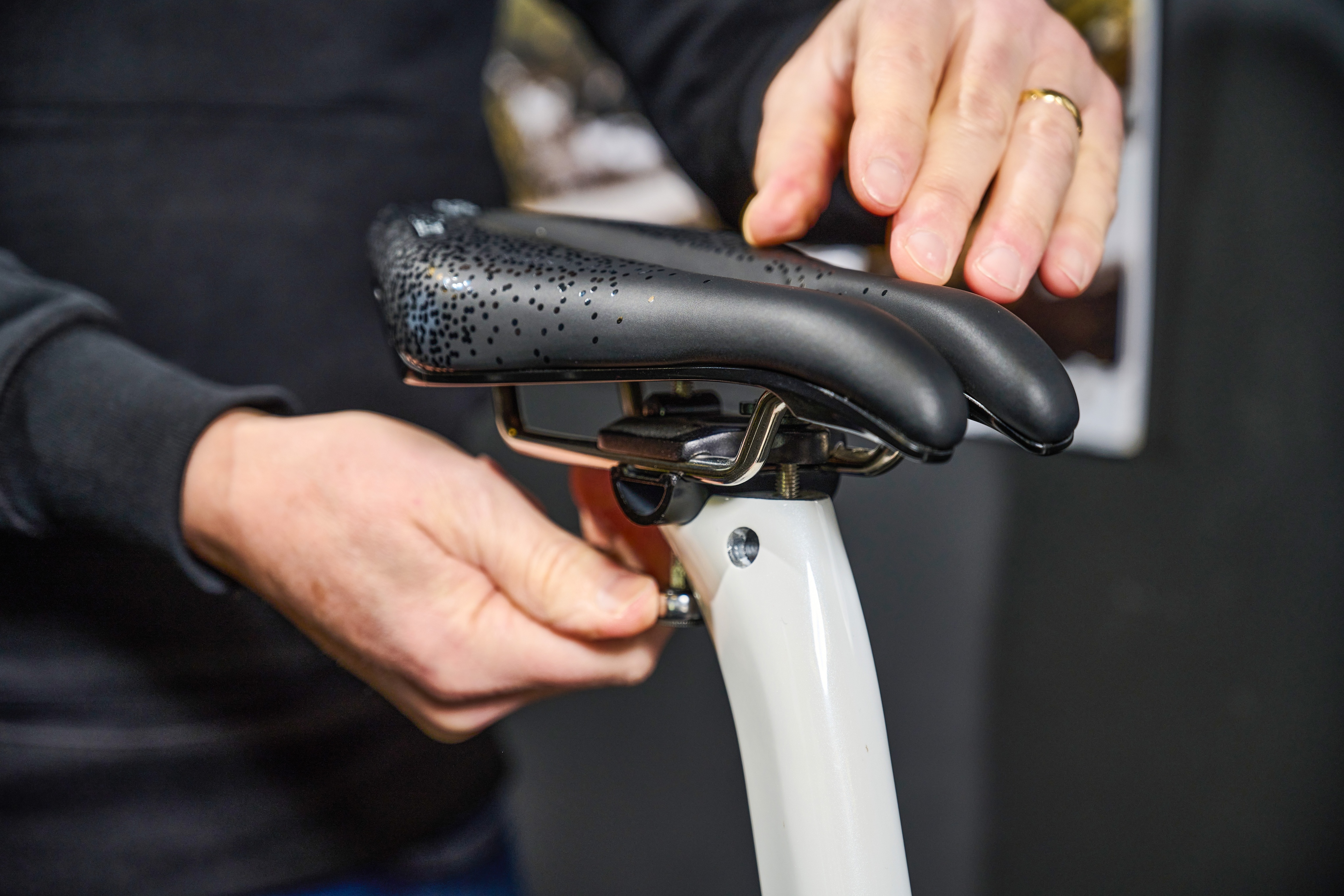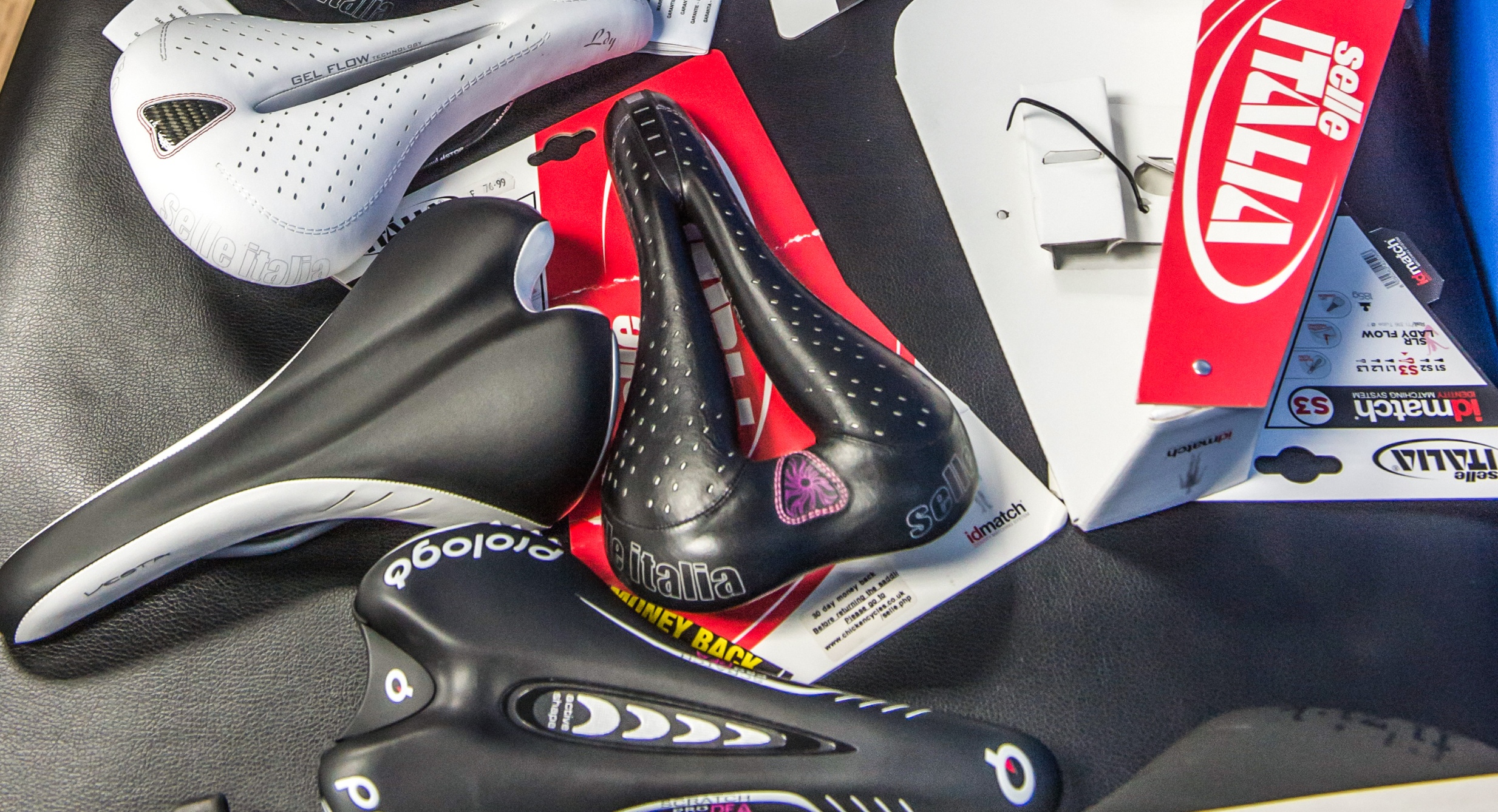
Struggling to get comfortable in the saddle? Or planning a new purchase and keen to get it right first time? Choosing the best saddle for you takes a bit of careful thought, and it's not always a process helped by the draw of online shopping.
To help you get it right, we spoke to Dr Andy Pruitt - a bike fit pioneer, and former consultant for Specialized, who works at the CU Sports Medicine and Performance Center in Boulder, Colorado.
Should I get a bike-fit when fitting a new saddle?
Yes. The saddle is the centre of the fit universe. If you change your saddle, you have to check your saddle height and fore-aft reach because how you sit on that new saddle is going to affect all those things. Even if you replace a saddle with what you think is an identical model, it might have different foam, cover, shape, etc – all of these factors mean you should reassess your bike-fit after changing a saddle.
What factors should I consider when choosing a saddle?
Your riding style is an important factor. The more upright you are, the more pressure you’ll feel on your sit bones. As you lean forward, more of the pressure shifts to the pubic rami, which are the ‘rocking chair’ parts of your pelvis. Also, the more forward you lean, the narrower your contact point becomes. Saddle shapes vary, affecting comfort and support. Flat saddles offer a larger seating area, suitable for a range of positions, while shaped or domed saddles focus pressure more narrowly. Riders in aggressive positions might prefer a more contoured saddle for better support, while upright cyclists may benefit from a flatter design. Choose based on your riding style and anatomical needs.

What unique challenges do female cyclists face with saddle discomfort?
Many saddles, initially designed for men, fail women. Historically, saddle designs were focused on reducing pressure on male-specific nerves, leading to the introduction of cutouts. However, these designs often failed women, sometimes exacerbating problems such as genital swelling. Women face additional issues related to saddle sores due to anatomical differences; they’re more susceptible to urinary infections and vaginitis [inflammation of the vagina], making it crucial for them to have a properly fitting saddle.
What are the most common saddle-related issues faced by men and women?
Saddle sores, painful skin irritations or lesions that develop from prolonged pressure and friction on the saddle area. If you press your thumb onto the ball of your hand and make a white spot, that’s called ischemia; you’re pushing the capillary blood out of the tissue. If the way you sit does that for too long, the blood-starved tissue will die, leading to a pressure sore. Add friction to that, and you get a skin abrasion. If a hair follicle breaks off at the skin surface, you might get an ingrown hair. Add in oil glands, and you’ve got a Petri dish for infection. All these things – pressure, friction, ingrown hairs – can lead back to saddle issues.
How can I reduce the risk of saddle sores?
A proper saddle-fit should distribute weight evenly and reduce pressure on sensitive areas. Pressure mapping technology can highlight where your body exerts the most pressure on the saddle, helping identify areas of discomfort and potential pain. It shows how sitting position affects pressure distribution, revealing asymmetries or high-pressure zones that can lead to issues such as chafing. Understanding these pressure points helps in selecting a saddle that minimises discomfort and improves overall riding experience. Listen to your body and don’t ignore recurring aches or sores. And include Kegel exercises in your workout routine; strengthening your pelvic floor can help make it more tolerant to sitting on a saddle.
Your saddle buying cheatsheet

Buying saddles online without a prior fitting is a risky move, even if you’re familiar with the saddle type. Here’s Dr Pruitt’s saddle-buying checklist:
- Size and width: Saddle width should match your sit bone measurements. Different brands may have varying sizing, so test before buying.
- Padding: Avoid overly soft padding; it may bottom out or shift during rides. Firmer foam that mimics body tissue is more supportive and stable for long-term comfort.
- Cutouts: Cutouts relieve pressure but can cause fluid accumulation, leading to discomfort. Ensure cutout placement aligns with your anatomy and consider minimal designs or foam-filled cutouts for balance.
- Length: Saddle length is mostly about aesthetics, with no significant impact on comfort or biomechanics. Choose based on personal preference and visual appeal, not performance.







